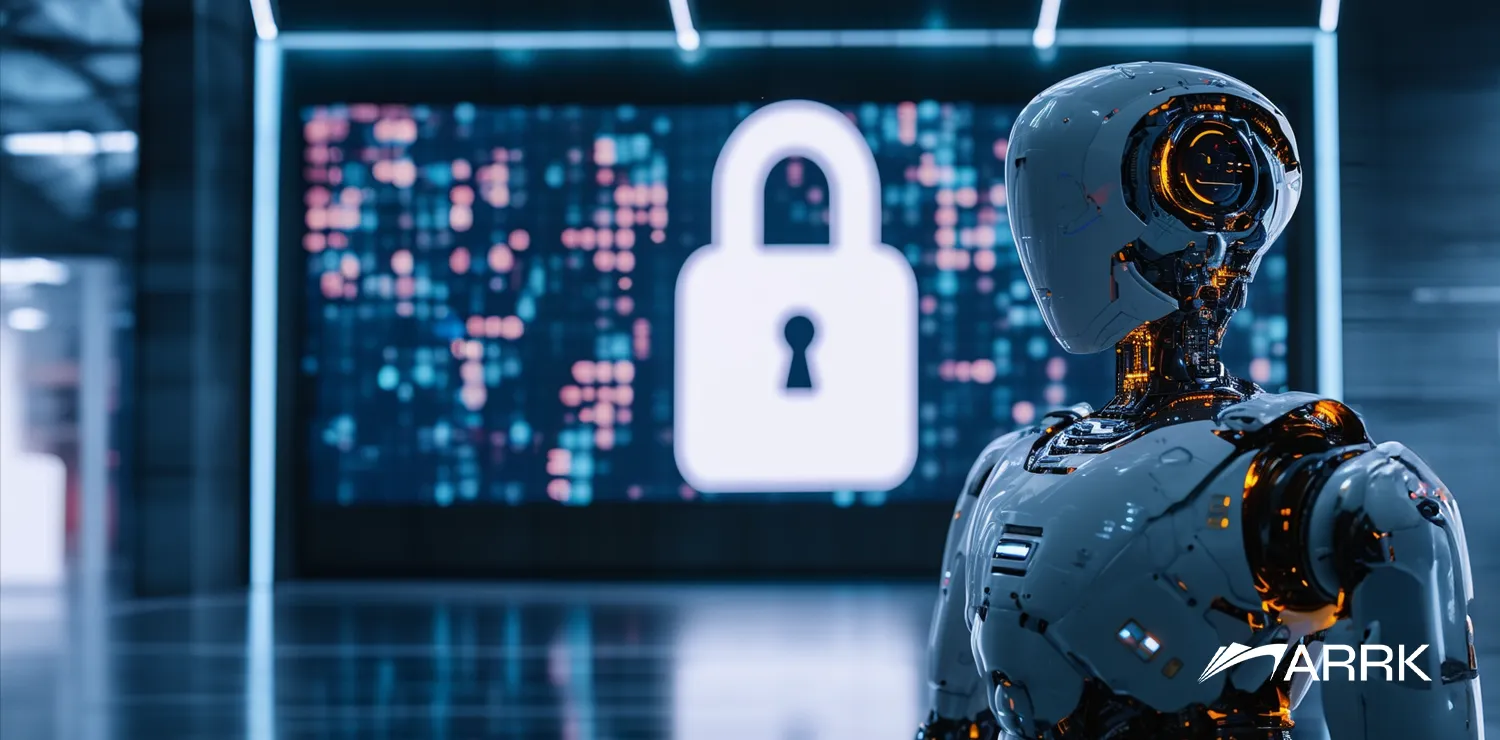The Future of AI in Cybersecurity:
Trends and Innovations

Table of Contents
In today’s digital age, cybersecurity is more critical than ever. As cyber threats evolve, so must our defenses. Enter artificial intelligence (AI). The integration of AI in cybersecurity is transforming how we protect our digital assets. In this article, we’ll explore the future of AI in cybersecurity, examining key trends and innovations that are set to revolutionize the field.
The Rise of AI in Cybersecurity
AI is being increasingly adopted in cybersecurity due to its ability to analyze vast amounts of data quickly and accurately. Traditional cybersecurity methods often struggle to keep up with the rapidly changing threat landscape. AI, however, can learn and adapt, making it an ideal tool for identifying and mitigating threats in real-time.
Key Trends in AI-Driven Cybersecurity
Enhanced Threat Detection
AI systems can analyze patterns and detect anomalies much faster than humans. This capability is essential for identifying zero-day attacks and other sophisticated threats. Machine learning algorithms can sift through vast amounts of data, spotting potential threats before they can cause harm.
For instance, companies like Darktrace use AI to detect and respond to cyber threats autonomously, providing a crucial layer of defense.
Predictive Analytics
Predictive analytics powered by AI can forecast potential cyber threats before they occur. By analyzing historical data and recognizing patterns, AI can predict where and how future attacks might happen. This proactive approach enables organizations to strengthen their defenses in anticipation of potential threats.
Automated Incident Response
AI can automate the response to detected threats, reducing the time it takes to mitigate attacks. Automated systems can isolate affected networks, block malicious IPs, and even roll back malicious changes, all without human intervention. This rapid response capability is crucial for minimizing damage during a cyber attack.
Behavioral Analysis
AI can perform behavioral analysis to identify unusual user activities that might indicate a security breach. By establishing a baseline of normal behavior, AI systems can flag deviations that may signify insider threats or compromised accounts.
Innovations in AI Cybersecurity Solutions
AI-Powered SIEM Systems
Security Information and Event Management (SIEM) systems are becoming more advanced with AI integration. AI enhances SIEM systems by providing better threat detection, reducing false positives, and offering actionable insights.
AI in Endpoint Security
Endpoint security solutions are leveraging AI to protect individual devices within a network. AI can detect and neutralize threats at the endpoint level, preventing them from spreading throughout the network.
Deep Learning for Advanced Threat Protection
Deep learning algorithms can provide a more nuanced understanding of cyber threats. By mimicking the human brain’s neural networks, deep learning models can recognize even the most subtle indicators of a potential attack.
Challenges and Considerations
While AI offers numerous benefits for cybersecurity, it also comes with its own set of challenges:
Data Privacy Concerns
AI systems require large amounts of data to function effectively. This raises concerns about data privacy and the potential for misuse of sensitive information. Organizations must ensure that they comply with data protection regulations when implementing AI solutions.
Adversarial Attacks
Cybercriminals are also leveraging AI to develop more sophisticated attacks. Adversarial attacks involve manipulating AI systems to evade detection. As AI becomes more prevalent in cybersecurity, defenders must stay ahead of attackers who use AI for malicious purposes.
High Implementation Costs
Integrating AI into cybersecurity infrastructure can be costly. Small and medium-sized businesses may find it challenging to afford these advanced solutions. However, the long-term benefits often outweigh the initial investment.
The Future Outlook
The future of AI in cybersecurity looks promising. As AI technology continues to advance, it will become even more integral to our digital defense strategies. Here are some future trends to watch:
AI-Driven Security Operations Centers (SOCs)
AI will play a central role in next-generation SOCs, providing real-time threat intelligence and automating routine tasks. This will allow security analysts to focus on more complex issues.
Integration with IoT Security
As the Internet of Things (IoT) continues to expand, securing connected devices will become increasingly important. AI can help monitor and protect IoT networks from cyber threats.
Enhanced Collaboration
AI will facilitate greater collaboration between cybersecurity teams and other departments within an organization. By providing comprehensive insights, AI can help align cybersecurity efforts with overall business objectives.
For more insights and updates, visit Arrk’s blog.
FAQ's
AI improves threat detection by analyzing patterns and identifying anomalies faster and more accurately than traditional methods.
Predictive analytics use historical data to forecast potential cyber threats, allowing organizations to proactively strengthen their defenses.
Yes, AI can automate responses to detected threats, reducing the time it takes to mitigate attacks and minimize damage.
Challenges include data privacy concerns, adversarial attacks, and high implementation costs.
The future includes AI-driven SOCs, integration with IoT security, and enhanced collaboration within organizations.